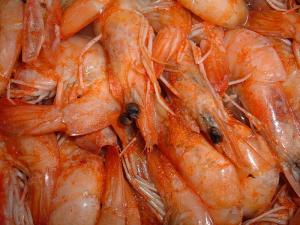
When I moved to the U.S. as a student from India, one of the first things my mother begged me to buy was fish. “When your dad went shopping last Sunday (the weekend after I left), he missed you so much at the fish counter, he couldn’t buy a thing and just came back with veggies,” she said over the phone.
I, like most Bengalis — residents of the state of West Bengal in eastern India — love fish. But I wondered, for a moment, where I might procure fish on the high desert of Reno, Nevada. Soon, however, I found the right stores and began cooking fish — much to the delight of my parents.
For centuries, people around the world have consumed fish for better health and with the race and poverty in America levels high in many areas today, it is also an economical way to feed your family.
In West Bengal, children are taught from an early age that eating fish improves eyesight and enhances intelligence. Recent medical studies may agree with that, but Bengalis like me relish fish without a reason. However, fish is not tied to one cultural or ethnic group, it is a healthy diet for all who eat it.
There are two particular dishes I’ve often cooked for my Indian and American friends — shrimp malai curry and fish ginger-inion curry. Neither dish has cost me a buddy. So I’m sure you’ll enjoy them too, if you’re fond of Indian food.
The only two Indian spices you’ll need to fix these dishes are turmeric powder and garam masala. You can buy both at any Indian store as I do, or order them online.
If you Google “Indian spices online,” you’ll find several websites selling Indian spices.
